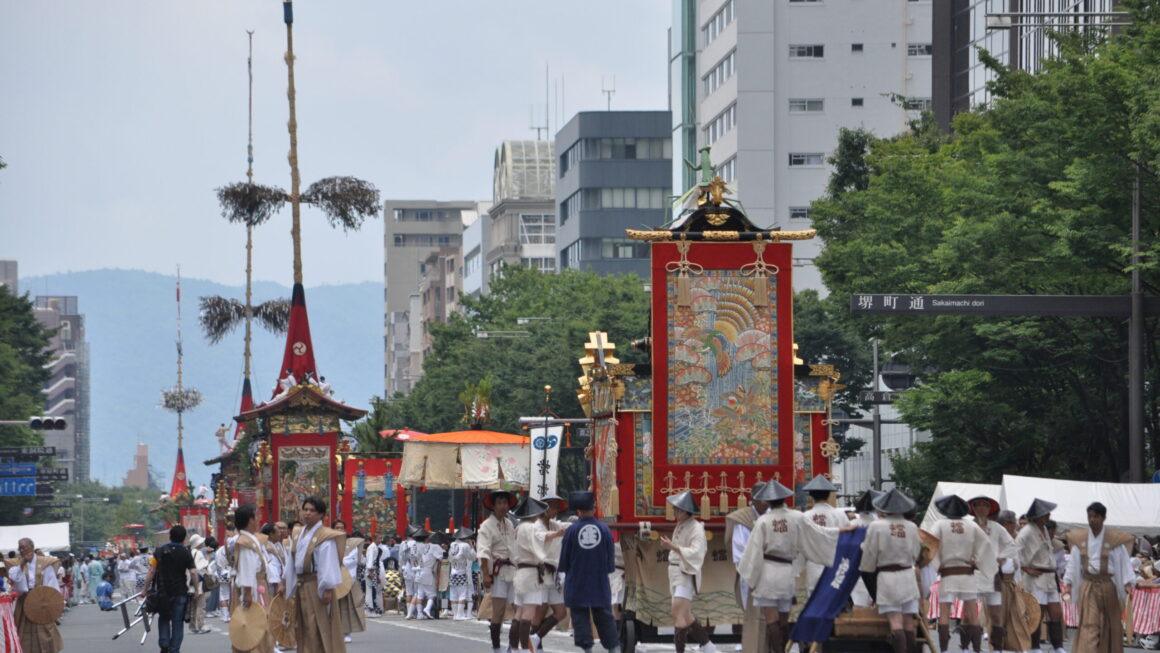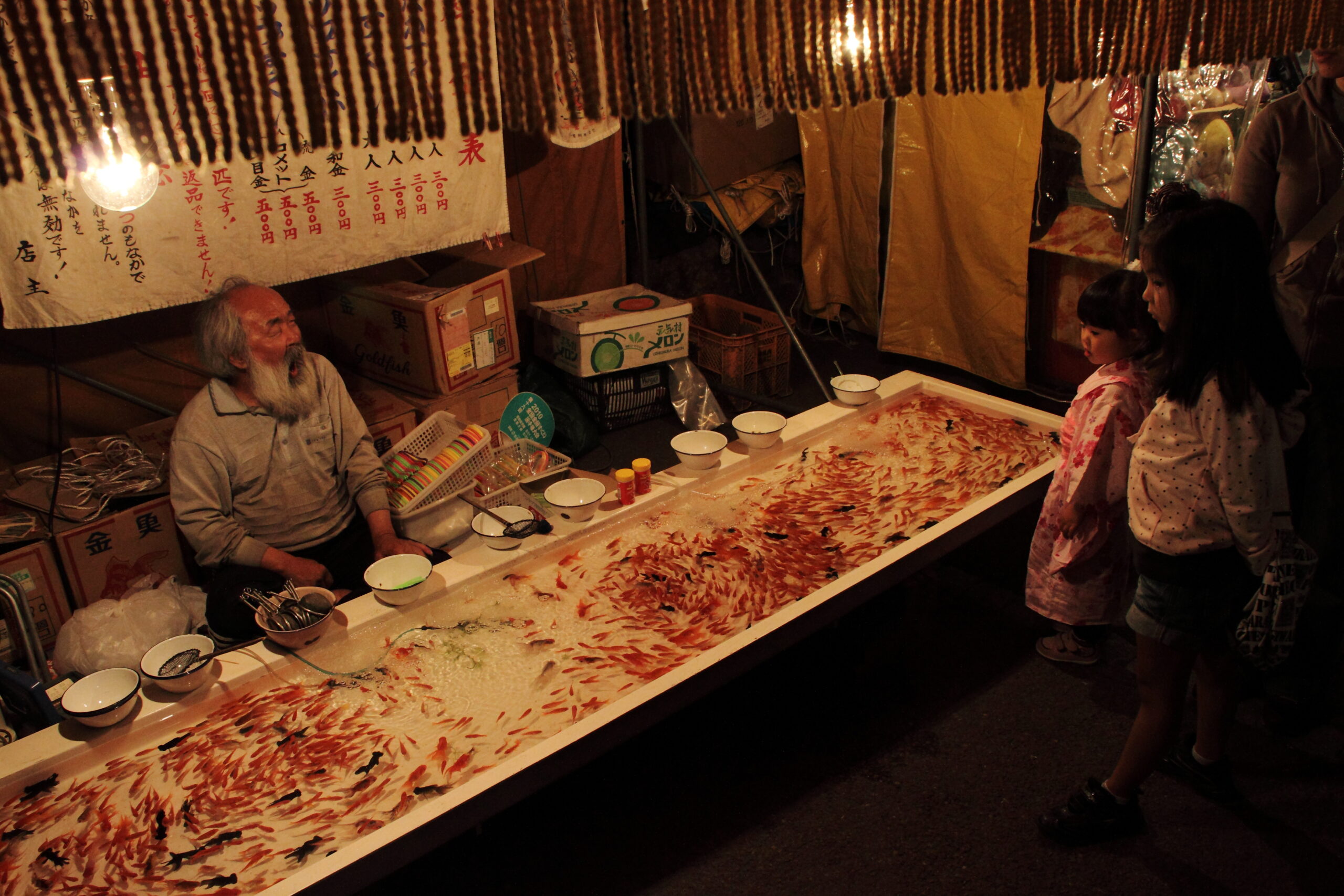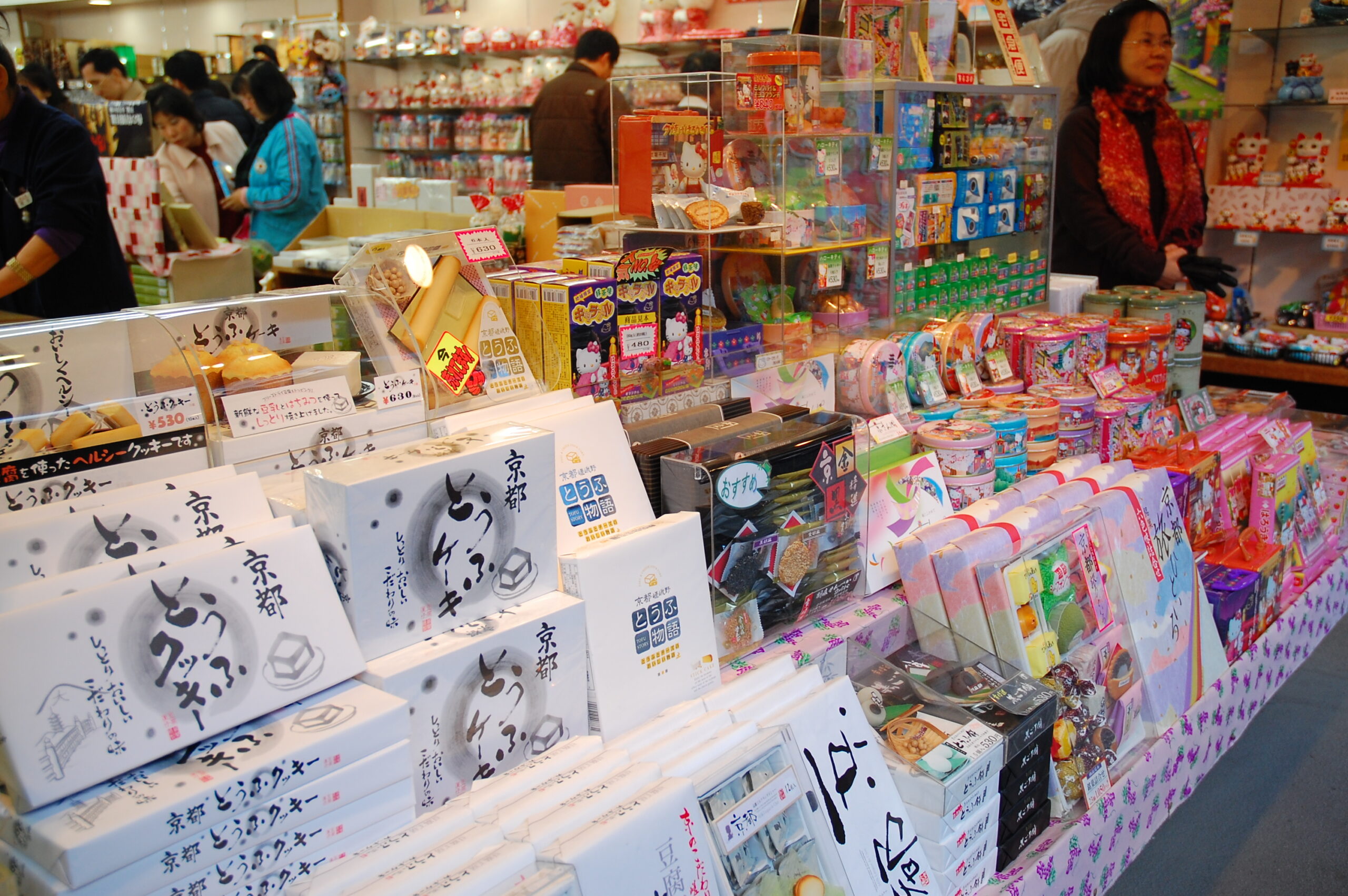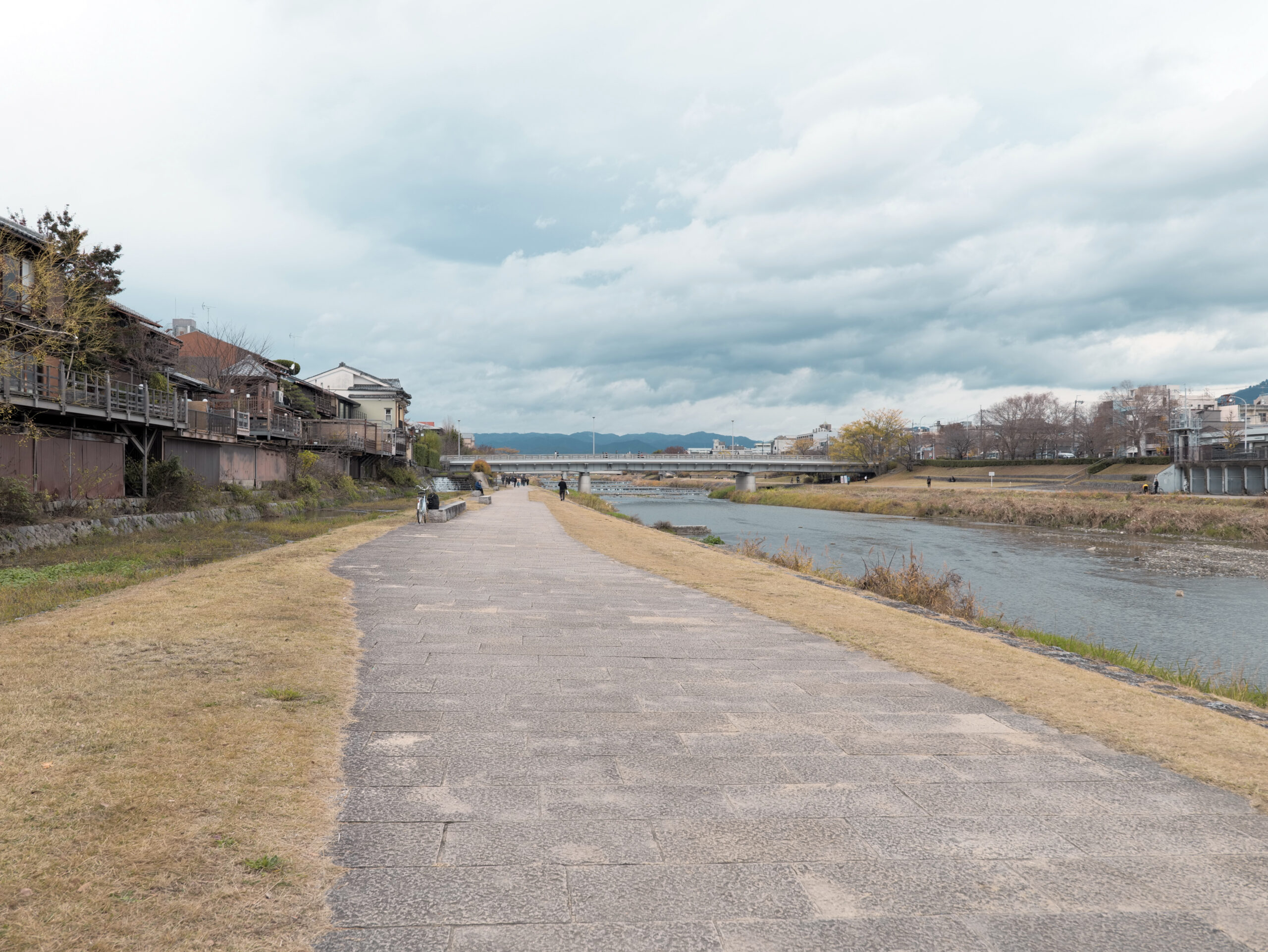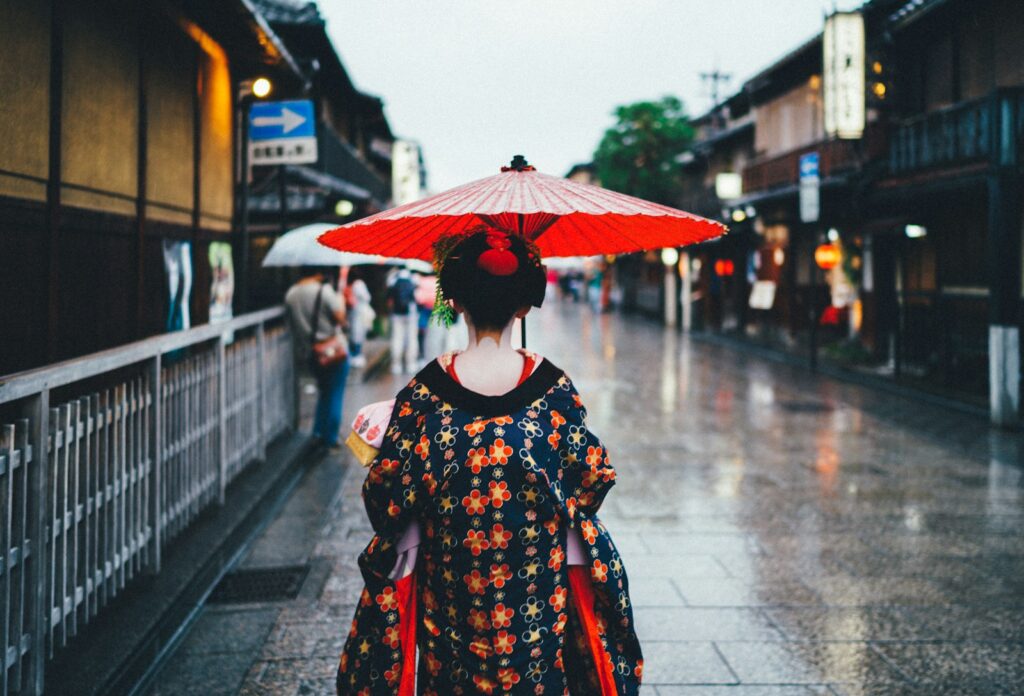If you are planning a trip to Japan, experiencing Gion Matsuri should be at the top of your list. This centuries-old festival, celebrated every July in Kyoto, is one of Japan’s most famous and grandest festivals. With parades, traditional music, elaborate floats, and vibrant street festivities, Gion Matsuri offers a unique glimpse into Japanese culture and traditions. This guide will provide you with everything you need to know about Gion Matsuri, making your visit as enjoyable and memorable as possible.
History and Significance of Gion Matsuri
Gion Matsuri, also known as the Gion Festival, dates back to 869 AD. The festival originated as a religious ceremony to appease the gods during an epidemic. At the time, Japan was facing a devastating plague, and the people of Kyoto sought divine intervention to end the suffering. They carried a portable shrine through the city to invoke the deities’ blessings, marking the beginning of what would become a centuries-old tradition.
Over the centuries, Gion Matsuri evolved from a simple purification ritual into a grand celebration involving the entire city of Kyoto. By the 15th century, the festival had taken on its current form, with elaborate floats and vibrant street parades. The festival’s name comes from the Gion district, where the Yasaka Shrine, central to the festival’s activities, is located. The shrine’s deities, who are believed to protect Kyoto from disease and disaster, are honored and celebrated throughout the festival.
Today, Gion Matsuri is a month-long event that showcases Kyoto’s rich cultural heritage and artistic traditions. It is not only a religious observance but also a communal celebration that brings together locals and tourists alike. The festival’s continued importance reflects the deep cultural and historical roots it has in the lives of Kyoto’s residents.
Key Highlights of Gion Matsuri
The Yamaboko Junko Parade
The most famous event of Gion Matsuri is the Yamaboko Junko parade, which takes place on two separate days: the 17th and 24th of July. The parade features two types of floats: “Yama” and “Hoko.” The Hoko floats are massive, often weighing over 12 tons and towering up to 25 meters. These floats are intricately decorated with tapestries, carvings, and other art pieces, showcasing the craftsmanship of local artisans. The Yama floats, although smaller, are equally impressive, adorned with beautiful decorations and often carrying large effigies or historical figures.
The parade is a spectacle of color, music, and tradition, making it a must-see for any visitor. Each float is accompanied by groups of musicians playing traditional instruments like flutes and drums, creating a festive and lively atmosphere. The route of the parade takes it through the heart of Kyoto, passing through key streets such as Shijo, Kawaramachi, and Oike, allowing thousands of spectators to witness this magnificent procession.
Yoiyama: The Night Festivities
In the days leading up to the Yamaboko Junko parade, the streets of Kyoto come alive with night festivities known as Yoiyama. From the 14th to the 16th and again from the 21st to the 23rd, the streets are lined with food stalls, game booths, and traditional performances. Lanterns illuminate the streets, creating a magical atmosphere. Yoiyama is the perfect time to enjoy local delicacies, purchase festival souvenirs, and immerse yourself in the festive spirit.
During Yoiyama, many of the festival floats are displayed in their respective neighborhoods, allowing visitors to see them up close and appreciate their intricate designs. Some floats even allow visitors to climb aboard for a small fee, offering a unique perspective on these magnificent structures. The streets are bustling with activity, with locals and tourists alike enjoying the festive atmosphere, making new friends, and celebrating the vibrant culture of Kyoto.
Practical Tips for Attending Gion Matsuri
Best Times to Visit
To get the most out of your Gion Matsuri experience, plan your visit around the main events. Arriving a few days before the parade days will allow you to enjoy the Yoiyama festivities. Keep in mind that Gion Matsuri attracts large crowds, so arriving early to secure a good viewing spot is advisable. For the best experience, consider staying in Kyoto for at least a week to fully immerse yourself in the festival’s activities and explore the city’s other attractions.
Navigating the Festival Area
The festival spans several parts of Kyoto, with key events taking place around Shijo Street, Karasuma Street, and the Yasaka Shrine. Kyoto’s public transportation system is excellent, but during the festival, some streets may be closed to traffic. Walking is often the best way to navigate the festival area. Be sure to pick up a festival map, available at tourist information centers, to help you find your way around.
To navigate the area efficiently, consider using the following routes:
- Shijo Street: Start your journey at Shijo-Karasuma, a central point where many festival activities take place. Walk eastward along Shijo Street towards the Kamogawa River, where you can enjoy various Yoiyama festivities and street performances.
- Karasuma Street: From Shijo-Karasuma, head north along Karasuma Street to reach the area where many of the Hoko floats are stationed. This route offers a great opportunity to see the floats up close and explore the bustling streets filled with food stalls and games.
- Gion District: Cross the Kamogawa River and explore the Gion district, home to the Yasaka Shrine. This area is rich in historical significance and offers a more traditional and serene atmosphere compared to the bustling streets of Shijo and Karasuma.
What to Wear
Gion Matsuri is an excellent opportunity to wear a yukata, a traditional summer kimono. Many local shops offer yukata rentals, complete with dressing services. If you prefer Western attire, opt for comfortable clothing and shoes, as you will be on your feet for extended periods. Remember to bring a hat, sunscreen, and plenty of water, as July in Kyoto can be hot and humid. Wearing comfortable shoes is essential, as you will be walking long distances and standing for extended periods during the parades and festivities.
Cultural Etiquette at Gion Matsuri
Respecting Traditions
While Gion Matsuri is a time of celebration, it’s important to respect the cultural traditions and religious aspects of the festival. Refrain from touching the floats unless invited, as they are considered sacred. When visiting Yasaka Shrine or other religious sites, follow the proper etiquette, such as bowing at the torii gate and washing your hands at the purification fountain. Participating in these rituals with respect and reverence will enrich your festival experience and demonstrate your appreciation for Japanese culture.
Photography Tips
Capturing the beauty of Gion Matsuri is a must, but be mindful of your surroundings and the people around you. Avoid using flash photography during performances and be considerate when taking photos of the floats and participants. Some areas may have restrictions on photography, so look for signs or ask a festival official if you’re unsure. Remember to respect the privacy of individuals and avoid taking intrusive close-up shots without permission.
Must-Try Foods at Gion Matsuri
Festival Snacks
Gion Matsuri is a food lover’s paradise, with a wide variety of street foods to try. Indulge in traditional snacks such as takoyaki (octopus balls), yakitori (grilled chicken skewers), and taiyaki (fish-shaped cakes filled with sweet red bean paste). For the adventurous eater, don’t miss out on trying okonomiyaki (savory pancakes) and kakigori (shaved ice) to cool off in the summer heat.
These snacks are not only delicious but also offer a glimpse into the local culinary traditions. Takoyaki, for instance, is a popular street food originating from Osaka, while yakitori is a staple at festivals across Japan. Exploring the various food stalls will give you a taste of regional specialties and allow you to experience the diverse flavors of Japanese cuisine.
Local Delicacies
Beyond the street food, Kyoto is known for its refined cuisine. Take the opportunity to try kaiseki, a traditional multi-course meal that highlights seasonal ingredients and meticulous preparation. For a quick bite, grab some yudofu (tofu hot pot) or kyo-wagashi (Kyoto-style sweets) from local vendors. Pair your meal with a refreshing glass of matcha tea for an authentic Kyoto experience.
For a more immersive culinary experience, consider dining at a traditional ryokan (Japanese inn) that offers kaiseki meals. These multi-course dinners are a feast for the senses, with beautifully presented dishes that showcase the flavors and aesthetics of Japanese cuisine. Enjoying a kaiseki meal during Gion Matsuri will enhance your appreciation of Kyoto’s culinary heritage.
Family-Friendly Activities at Gion Matsuri
Kid-Friendly Events
Gion Matsuri offers plenty of activities for families traveling with children. Many stalls and booths feature games and toys that kids will love, such as goldfish scooping and ring toss. Additionally, some floats have designated times for children to explore and learn about the festival’s history and significance.
The festival atmosphere is lively and exciting for children, with colorful decorations, music, and performances that capture their imagination. Participating in these activities will create lasting memories for your family and provide an educational experience about Japanese culture and traditions.
Educational Opportunities
Take advantage of the educational exhibits and workshops available during the festival. These activities provide a deeper understanding of Kyoto’s cultural heritage and the craftsmanship involved in creating the festival floats. Visiting museums and historical sites in Kyoto, such as the Kyoto Museum of Traditional Crafts, can also enrich your family’s festival experience.
Engaging in these educational opportunities will help children and adults alike appreciate the artistry and dedication that go into Gion Matsuri. Learning about the history and significance of the festival will deepen your connection to Kyoto and its cultural traditions.
Shopping for Souvenirs
Unique Festival Items
Gion Matsuri is the perfect place to find unique souvenirs. Look for traditional items such as folding fans, hand-painted lanterns, and festival-themed charms. Local artisans also sell beautiful textiles, pottery, and other handcrafted goods that make for meaningful keepsakes or gifts.
These items are not only beautiful but also hold cultural significance, making them perfect mementos of your time at Gion Matsuri. Handcrafted souvenirs reflect the artistry and traditions of Kyoto, allowing you to take home a piece of the festival’s spirit.
Supporting Local Vendors
When shopping for souvenirs, consider supporting local vendors and small businesses. Purchasing directly from these vendors not only ensures you’re getting authentic items but also helps sustain the local economy. Many stalls are family-run businesses that have been part of Gion Matsuri for generations.
Supporting local artisans and vendors contributes to the preservation of traditional crafts and helps keep the cultural heritage of Kyoto alive. Your purchases make a difference in sustaining the livelihoods of these skilled craftsmen and their families.
Accommodation Tips for Gion Matsuri
Booking Early
Given the popularity of Gion Matsuri, accommodations in Kyoto can fill up quickly. Book your stay well in advance to secure the best options. Consider staying in traditional ryokan (Japanese inns) for an immersive cultural experience, or opt for modern hotels that offer convenient access to the festival area.
Recommended Places Along the Parade Route
- Hotel Okura Kyoto: Located near Oike Street, this luxury hotel offers stunning views of the Yamaboko Junko parade route. With its prime location and excellent amenities, it’s a top choice for festival-goers.
- Kyoto Hotel Kanra: Situated close to Shijo Street, this boutique hotel blends modern comfort with traditional Japanese aesthetics. Its central location makes it easy to access key festival events.
- The Ritz-Carlton Kyoto: Overlooking the Kamogawa River, this upscale hotel provides a serene retreat within walking distance of the festival’s main attractions. Enjoy luxury accommodations and exceptional service during your stay.
- Gion Hatanaka: For a traditional experience, stay at this ryokan located in the heart of Gion. Offering tatami rooms and kaiseki meals, it immerses you in the local culture while providing easy access to the festival activities.
Staying Nearby
Choosing accommodation close to the festival area can save you time and make it easier to navigate the festivities. Look for lodgings near Shijo Street, Kawaramachi, or Gion for easy access to the main events. Many hotels and ryokan in these areas offer festival packages that include yukata rentals and guided tours.
Staying nearby not only enhances your convenience but also allows you to experience the festival atmosphere throughout your stay. Walking to and from your accommodation enables you to soak in the festive spirit and explore the charming streets of Kyoto.
Making the Most of Gion Matsuri
Gion Matsuri is more than just a festival; it’s a celebration of Kyoto’s rich history and vibrant culture. By planning ahead and immersing yourself in the various activities and traditions, you can create unforgettable memories. Whether you’re marveling at the grand floats, savoring local delicacies, or participating in traditional rituals, Gion Matsuri offers something for everyone. Use this guide to navigate the festival with ease and fully appreciate the magic of Gion Matsuri, ensuring your visit to Kyoto is an experience of a lifetime.
Make sure to also read this post on the 10 essential tips you should know before attending Gion Matsuri!
